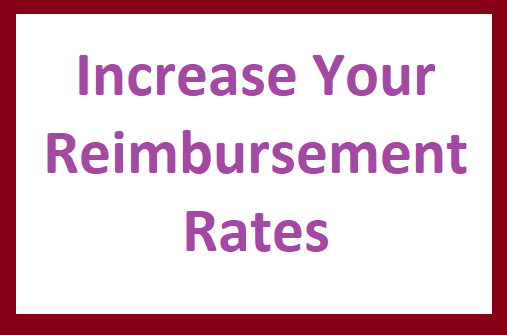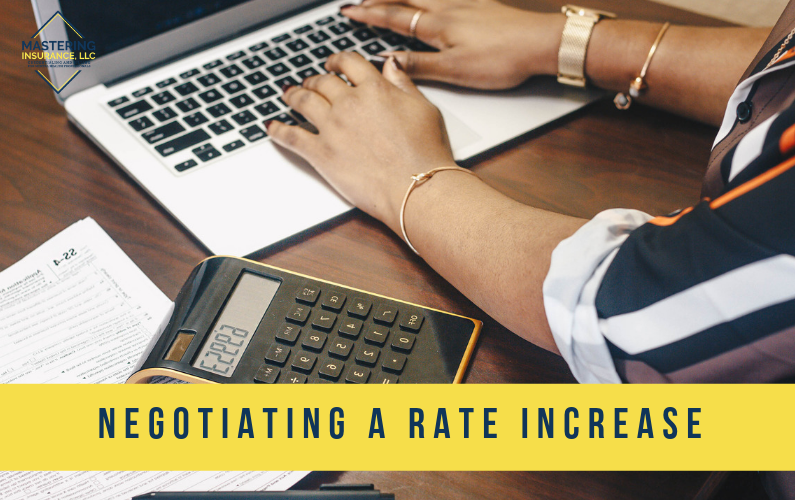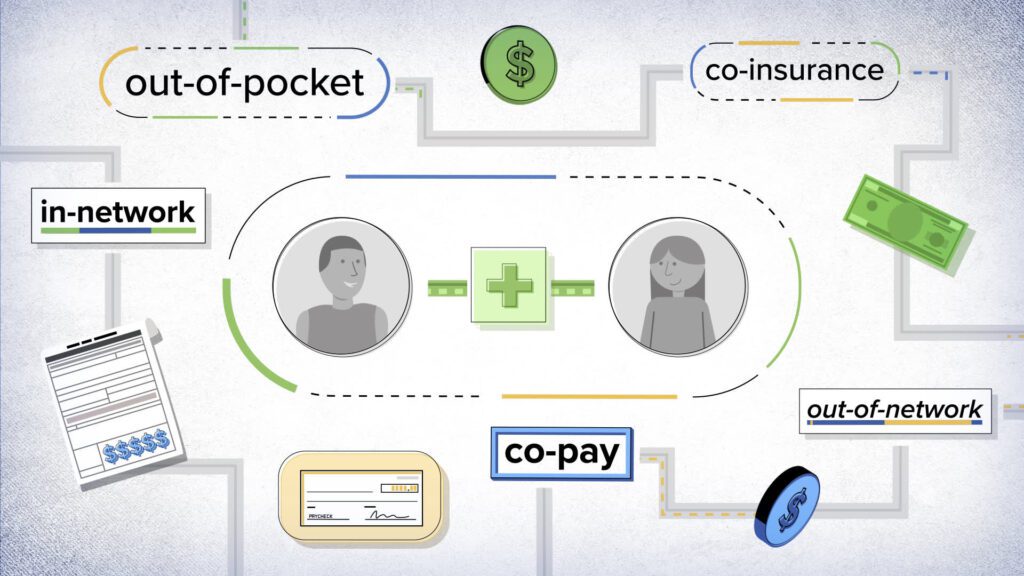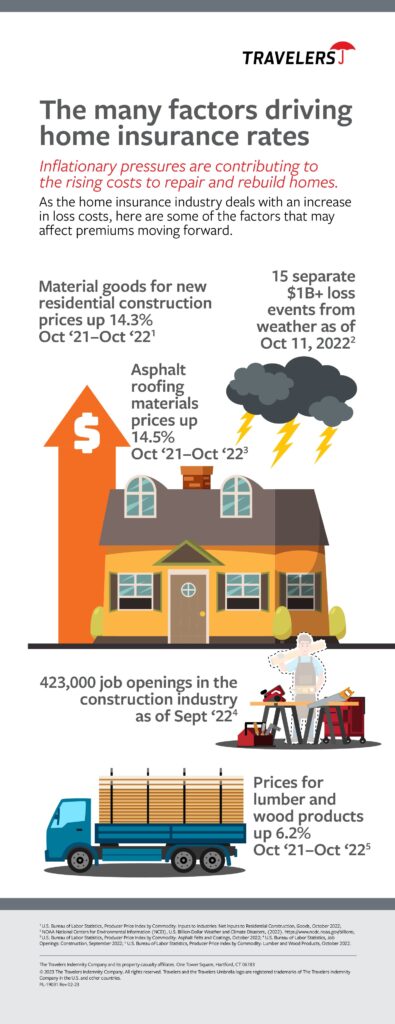Have you ever wondered how insurance providers are able to negotiate rates? It’s a fascinating process that involves a delicate dance between insurance companies and the medical providers they work with. In this article, we’ll take a closer look at the behind-the-scenes negotiations that determine the rates you pay for your insurance coverage. From understanding the factors that impact negotiations to the strategies used by insurance providers, you’ll gain valuable insight into this intriguing aspect of the insurance industry. So, let’s dive in and explore the world of rate negotiations together!
Understanding Negotiation in Insurance
Negotiation plays a crucial role in the insurance industry, enabling policyholders and insurance providers to find common ground and reach agreements on insurance rates. In this article, we will explore the importance of negotiating rates in insurance, the negotiation process, and the factors that influence insurance rates.


Importance of Negotiating Rates
Negotiating rates is essential for both policyholders and insurance providers. For policyholders, it ensures they receive the most favorable rates based on their specific needs and risk profile. It offers them an opportunity to secure comprehensive coverage at a reasonable cost, thereby protecting their assets and minimizing financial risks.
On the other hand, insurance providers benefit from negotiation by attracting and retaining valuable customers. Negotiating rates allows them to offer competitive pricing that aligns with policyholders’ expectations, enhancing customer satisfaction and loyalty. It also enables insurance providers to manage their profitability and mitigate risks effectively.
The Negotiation Process
The negotiation process in insurance involves a series of steps aimed at finding a mutually agreeable rate for coverage. It usually begins with the policyholder approaching the insurance provider with a request for rates or initiating a renewal discussion. The negotiation process can vary depending on the size and complexity of the insurance arrangement, but generally follows a similar pattern.
Firstly, the policyholder and insurance provider engage in preliminary discussions to understand each other’s needs and constraints. This stage helps establish a foundation of open communication and mutual understanding.
Next, both parties gather and exchange relevant information necessary for making informed decisions during negotiations. This includes policyholder data, claims data, loss ratios, financial performance metrics, and industry benchmarks. Such data provides valuable insights into the policyholder’s risk profile and loss experience, enabling the insurance provider to assess the level of risk and determine appropriate rates.
Once the information is gathered, both parties set negotiation objectives. This entails the policyholder identifying desired rate reductions, exploring alternative coverage options, determining risk factors, and evaluating their risk appetite. The insurance provider, meanwhile, assesses the policyholder’s risk profile and determines the level of acceptable risk, which guides their negotiation strategy.
With negotiation objectives in place, both parties move to develop negotiation strategies. This involves building strong relationships based on trust, leveraging competitive bidding to encourage favorable pricing, considering long-term contracts to ensure stability, exploring risk-sharing opportunities, and offering unique value propositions.
Once negotiation strategies are developed, the policyholder and insurance provider engage in specific negotiation tactics. This can involve opening offers and counteroffers, negotiating based on loss experience, leveraging market competition, analyzing claims patterns, and understanding underwriting criteria. Each negotiation tactic aims to guide the conversation towards a mutually beneficial agreement.
Throughout the negotiation process, insurance brokers play a critical role. They assist policyholders in engaging with insurance providers, utilize their market knowledge to provide valuable insights, and leverage their relationships with insurance providers to secure favorable rates.


Factors Influencing Insurance Rates
Several factors influence insurance rates, and understanding them is crucial for both policyholders and insurance providers. These factors include the policyholder’s risk profile, claims history, industry-specific characteristics, economic conditions, regulatory changes, market competition, and insurance provider’s underwriting criteria.
The policyholder’s risk profile is a significant determinant of insurance rates. Insurance providers assess factors such as business operations, geographic location, historical claims data, management practices, and the policyholder’s approach to risk management. The higher the perceived risk, the higher the insurance rates are likely to be.
Claims history also plays a crucial role in determining insurance rates. Insurance providers examine the frequency and severity of past claims, as well as the policyholder’s ability to manage and mitigate risks effectively. A poor claims history with frequent and significant losses may result in higher premiums, while a favorable claims history can lead to more competitive rates.
Industry-specific characteristics and economic conditions influence insurance rates too. Certain industries pose higher risks due to their nature or external factors, such as volatile markets or regulatory changes. Insurance providers take these factors into account when determining rates.
Regulatory changes can also impact insurance rates. New regulations may increase compliance costs for insurance providers, which could be reflected in higher premiums. Similarly, changes in market competition can lead to more competitive rates. As insurance providers strive to differentiate themselves and attract policyholders, they may offer more favorable rates to gain a competitive edge.
Insurance providers’ underwriting criteria also influence rates. Each insurance provider has unique guidelines and risk appetites, which affect their pricing strategies. Understanding and aligning with these criteria can help policyholders negotiate more effectively.
In conclusion, negotiating rates in insurance is essential for policyholders and insurance providers alike. It allows both parties to find common ground and reach agreements that protect policyholders’ assets while ensuring insurance providers manage risks effectively. By understanding the negotiation process, factors influencing insurance rates, and leveraging insurance broker expertise, policyholders can strengthen their negotiating position and secure favorable insurance rates.









